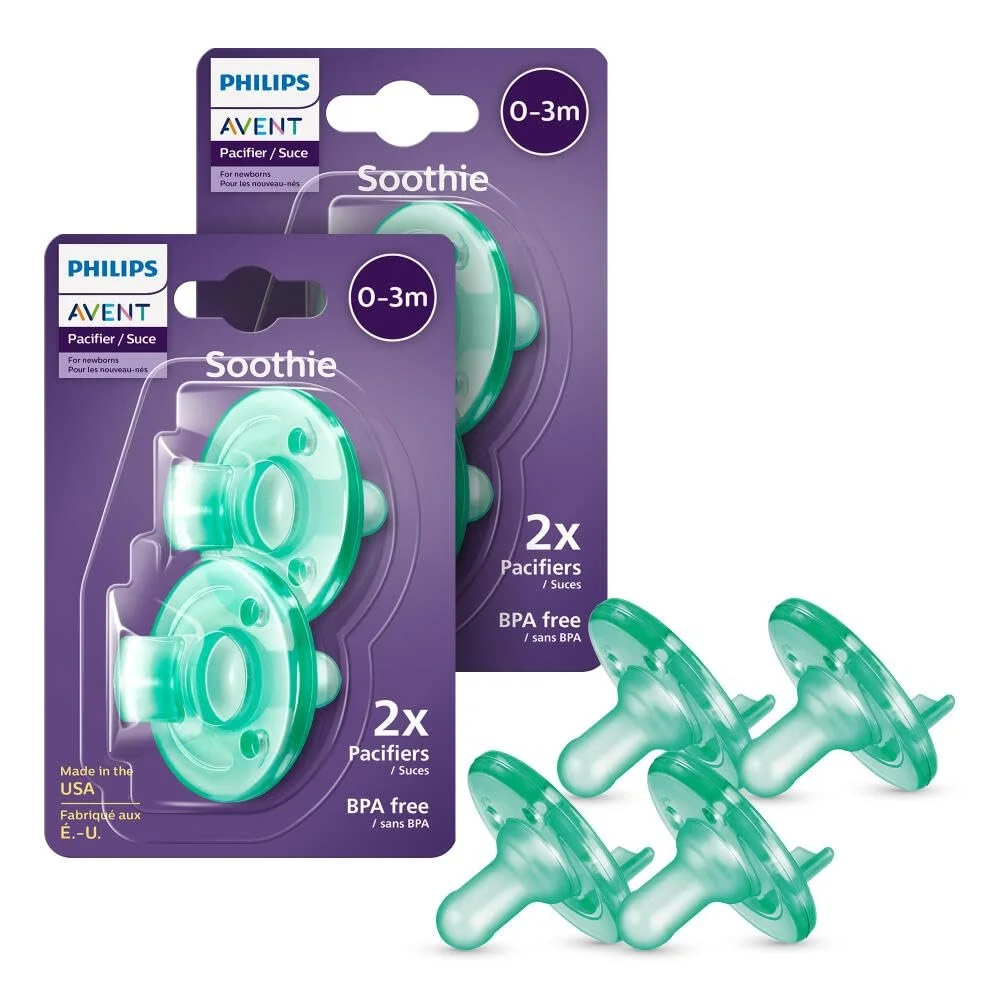The Five S’s of Baby Sleep: Proven Soothing Techniques for Newborns and Infants🌃⭐😌
This post is inspired by the 5 S’s method developed by Dr. Harvey Karp, founder of Happiest Baby. Learn more at HappiestBaby.com
As an Amazon Creator & Amazon Affiliate, I may earn commissions on qualifying purchases. Thank you for supporting my Blog ꨄ︎
As a new parent, I quickly discovered that soothing a crying baby isn’t always straightforward. Despite ensuring my baby was fed, changed, and comfortable, the fussiness persisted. That’s when I learned about the “5 S’s,” a set of techniques designed to mimic the womb’s environment and activate a baby’s natural calming reflex. Here’s how these methods have helped me and might assist you too.
💡 Looking for sleep tools that support these calming techniques?
I put together a curated list of my favorite infant and toddler sleep must-haves — all on Amazon. These are the exact products that helped me implement the 5 S’s more easily (especially when I was too tired to think straight).
👉 Check out my Infant & Toddler Sleep Essentials here
(Safe, practical, and mom-tested!)
What Is the Witching Hour in Newborns?
The “witching hour” is a common phase during the early weeks of a baby’s life when they become especially fussy—typically in the late afternoon or early evening (usually between 5 PM and 11 PM). It often starts around 2–3 weeks of age, tends to peak between 6–8 weeks, and usually improves by 12 weeks. During this time, babies may cry inconsolably despite being fed, changed, and held. This cluster of fussiness is thought to be caused by nervous system immaturity, overstimulation, and increased fatigue at the end of the day.
The good news? It’s temporary—and support strategies like the Five S’s, contact naps, motion, dim lighting, and calming routines can help soothe your baby through it.
💛 For Any Mama Who’s Struggling Right Now...
If you're reading this and feeling overwhelmed, exhausted, or just not like yourself—please know you are not alone.
Postpartum can feel incredibly heavy at times, even when you're surrounded by love. You’re not failing. You’re not broken. You’re a human navigating one of the biggest transitions life can bring.
Whether you’re battling the baby blues or quietly struggling with postpartum anxiety or depression, there is help—and hope. There are people who truly understand and want to support you, judgment-free.
Please take a moment to visit Postpartum Support International (PSI). They offer free helplines, text support, and local resources to walk alongside you.
You deserve to feel better.
You are doing the best you can.
And you are never, ever alone.
1. Swaddling: Recreating the Womb’s Embrace
Swaddling involves snugly wrapping your baby in a blanket to replicate the secure feeling they had in the womb. This technique can help reduce the Moro-reflex or startle reflex, where sudden movements wake the baby, and promote longer sleep durations. It’s essential to wrap the arms snugly while allowing the hips to move freely to prevent hip dysplasia. I actually liked using the muslin swaddle blankets — because my daughter was in the NICU, she had a pulse oximeter on and ECG cords on at all times, so it helped us to not have zippers or anything like that. These are the ones we used for my daughter! Swaddling should be discontinued once your baby shows signs of rolling over to ensure safety.
I know a lot of content creators push weighted sleep sacks — due to Dreamland partnerships and I get it, they want the money. The problem with that is parents trust the content creators they’re watching to push products that are safe for their viewers. The truth is though — weighted sleep sacks/weighted swaddles are NOT safe. I say this not to judge — because I too was going to get my daughter a weighted sleep sack when she was going to come home from the NICU. When I mentioned it to one of her nurses she told me how unsafe they are and recommended never using a weighted sleep sack. I was curious.. if they’re so dangerous, why are these companies allowed to continue selling them? So, I did some research. While the American Academy of Pediatrics (AAP) leaders made the decision in early 2024 to pull all weighted sleep product, companies like Dreamland Baby & Nested Bean argue that there is a lack of research on the issue and state that they’ve sold millions of these products with no measurable pattern of harm seen. The Consumer Product Safety Commission safe sleep recommendations urge parents not to use weighted sleep sacks or any weighted sleep products. They are no longer recommended because they can potentially increase the risk of Sudden Infant Death Syndrome (SIDS). They can potentially make it more difficult for babies to breathe, due to the added weight (even when the product says '“lightly weighted”). They can potentially compress the baby’s rib cage, affecting their breathing and their heart function. Additionally, it can also interfere with the baby’s ability to wake up and self-regulate (something researchers are recognizing as a link to SIDS). At the end of the day, it’s up to you to decide what is best for your baby — I hope this information and the links I’ve provided will help as you make that decision!
These are the CPSC’s "dos and don’ts" for safe sleep.
2. Side or Stomach Position: A Soothing Hold
Holding your baby on their side or stomach can be incredibly calming. This position can help reduce fussiness, but it’s crucial to note that babies should always be placed on their backs to sleep to minimize the risk of Sudden Infant Death Syndrome (SIDS). Use this position only while soothing your baby and always under supervision. I am a huge advocate for Back to Sleep and babies sleeping independently in a crib or safe sleep space with only a fitted sheet — free of any stuffed animals, pillows, blankets.
3. Shushing: Mimicking Womb Sounds
The womb is a noisy place, filled with the sounds of blood flow and other bodily functions. Recreating this environment through shushing sounds or white noise can be comforting for babies. Using a white noise machine or making a consistent “shhh” sound near your baby’s ear can help mask other noises and soothe your baby to sleep. If you’re a Spotify user, Happiest Baby has a “shh’ing noise that I would use for my daughter on my phone until we got this Baby Shusher from Amazon.
4. Swinging: Gentle Rhythmic Motion
Babies are accustomed to constant movement in the womb. Gentle swinging or rocking can replicate this sensation and help calm a fussy baby. Whether it’s rocking in your arms, using a baby swing, or gently bouncing on a yoga ball, the key is to keep the movements smooth and rhythmic. Always ensure that any equipment used is safe and appropriate for your baby’s age and weight.
5. Sucking: A Natural Soother
For my daughter — due to her Hypoxic Ischemic Encephalopathy (HIE) at birth and Laryngomalacia diagnosis shortly after birth, we went down (and still are going down) a long road of feeding/swallowing issues. I actually never wanted to give my daughter a pacifier, because I thought they caused problems than necessary. Did you know Pacifier’s actually reduce the risk of SIDS? I didn’t — I actually was really uneducated when it came to pacifier facts until the NICU gave her a pacifier to help soothe her and work on her feeding issues. That’s when I did my research and realized the amazing benefits of pacifiers. Sucking is a natural reflex that provides comfort to babies. Whether through breastfeeding, bottle-feeding, or using a pacifier, sucking can help stabilize your baby’s heart rate, relax their stomach, and calm their flailing limbs. Not only do they have many physiological benefits — but they are used in NICU’s all over the world to help children with feeding/swallowing disorders. They would use this device that went into the center of the pacifier that would deliver vibrations to “wake up” my daughters muscles and mouth. They would place this sticker under her neck attached to a device called an E-Stim, which would stimulate the swallowing muscles to work — because she had a really challenging time coordinating the suck, swallow, breathe sequence needing for feeding. Once everything was set up, they would keep the pacifier in her mouth and as she would suck, they would place a little drop of milk into her mouth and that was how she learned to start coordinating the sequence. These are the pacifiers they used in the NICU and the ones we still use today. I like these also because they attach to the detachable pacifiers by WubbaNub.
If you’re breastfeeding, it’s advisable to wait until nursing is well-established before introducing a pacifier. If you have access to a lactation consultant, I recommend chatting with one before introducing it to your baby if you are breastfeeding
Final Thoughts
Implementing the 5 S’s was a game-changer in soothing my baby and promoting better sleep. While every baby is unique, these techniques offer a starting point for calming your little one. Remember, it’s essential to ensure your baby’s basic needs are met and to consult with a pediatrician if excessive crying persists. Patience and practice are key, and over time, you’ll find the methods that work best for you and your baby.





